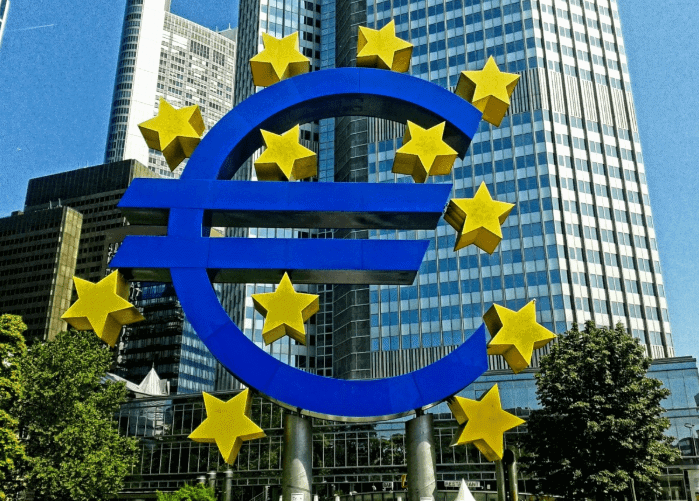Mass adoption
The holy grail in cryptocurrencies (all of them, not just Ripple’s XRP) is mass adoption by the general public. That would be the ultimate silver bullet. It would increase demand for digital assets, trading volumes, liquidity, and above all, the price. A significant increase in liquidity and the market’s total capitalization would also bring volatility down as it would become complicated (after a certain point, even impossible) to change the whole market dynamics by placing a single large buying or selling order.
That’s what happened on April 2nd, after all. That’s how the current bullish trend started. We’re all enjoying it because we’re seeing green everywhere, let it be Bitcoin, Ripple’s XRP, Tron or whatever cryptocurrency — but what would have happened if that same order would have been for a short position?
Adoption needs a friendly environment within a developed economy. The geopolitical zone that fits the bill better is Western Europe. The Eurozone, to be more specific. Digital currency-based banks are already online in Malta, you can buy a wide variety of altcoins (yes, Ripple’s XRP too) just as you get down from an airplane at the Zurich, and in France you can buy cryptocurrencies in Carrefour (the local equivalent to Wal-Mart) in a format similar to gift cards and use them to fund a crypto-based debit card.
New research by the ECB
The European Central Bank has the “ECB Crypto-Assets task force,” which is a team of experts devoted to studying the cryptosphere thoroughly. The team just released an “Occasional paper” called “Crypto-Assets: Implications for financial stability, monetary policy, and payments and market infrastructures.”
It’s an analysis of the recent developments in the cryptocurrency market and how it’s linking with the traditional financial markets and the economy. It also examines the consequences it could have in terms of monetary policy, payments systems, financial stability, and market infrastructures.
Brad Garlinghouse, Ripple’s CEO, was happy to notice the paper and tweeted:
Great to see @ecb come out with a clear POV on crypto assets – notably, that XRP is recognized as one of the most important in terms of usage, market cap and business model diversity. https://t.co/KeSiYFqy53
— Brad Garlinghouse (@bgarlinghouse) May 21, 2019
It must be said that the paper is indeed issued by the ECB, but it doesn’t represent the bank’s views, but merely those of the researchers that comprise the ECB Crypto-Assets team. But the ideas we found on the study go from neutral to friendly towards the crypto verse, which is more or less the normal posture in Europe and Asia, but it still rare among traditional bankers in the US.
Ripple is mentioned very briefly but in an excellent light. The same applies to Bitcoin, Ether, and Bitcoin Cash ABC.
The ECB is more interested in blockchain technology than most other institutions in the world because it’s been pushing for innovation and modernization in the European financial system. It even launched a Pan-European instant payments system that could greatly benefit of blockchain technologies to settle payments in real time.
In a nutshell, this new paper doesn’t urge readers to go out at once and buy as many digital tokens as they can. It instead portrays the market as a manageable force within the economy that is adequately supervised by the ECB so far. It also says that continued monitoring by the ECB will raise awareness and develop preparedness.
It’s not a PR piece. It’s an exciting piece of research that looks at crypto objectively and finds good things about it (and Ripple is among the finest the bank found as it sounds). So it’s good for the crypto community at large.
Disclaimer: The presented information is subjected to market condition and may include the very own opinion of the author. Please do your ‘very own’ market research before making any investment in cryptocurrencies. Neither the writer nor the publication (TronWeekly.com) holds any responsibility for your financial loss.

